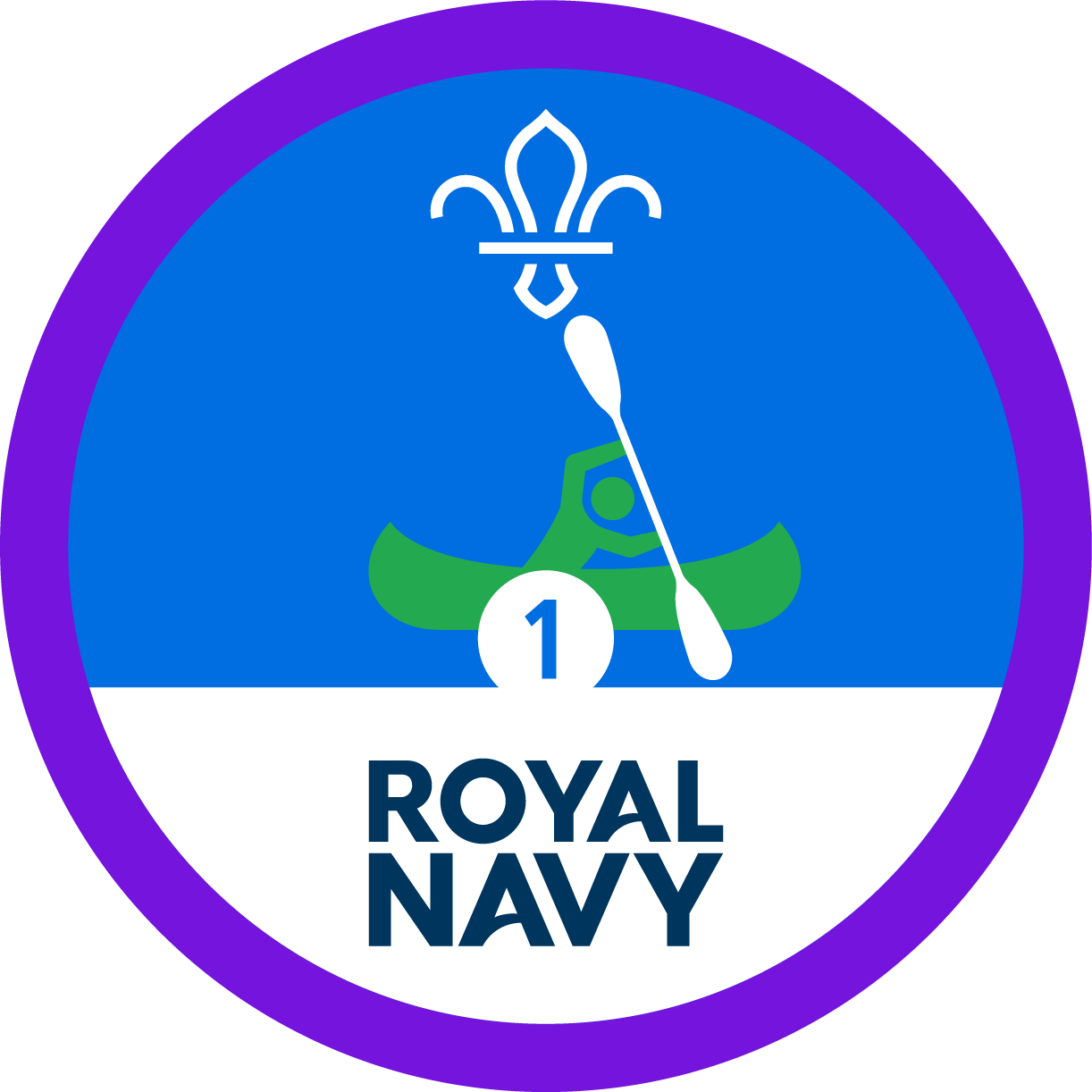
Play raft, row and retrieve
You’ll need
- Kayaks, canoes or rafts
- Objects that will float, such as balls or swimming noodles
- Fishing nets (optional)
- Paddles
- Any appropriate safety equipment, including helmets and life jackets
Before you begin
- Use the safety checklist to help you plan and risk assess your activity. There's also more guidance to help you carry out your risk assessment, including examples.
- Make sure all young people and adults involved in the activity know how to take part safely.
- Make sure you’ll have enough adult helpers. You may need some parents and carers to help if you’re short on helpers.
Planning and setting up this activity
- This activity’s designed for when you’re spending time on the water. It was created for traditional rafting, but you could adapt it for other flatwater adventures.
- Before running this activity, you’ll need to have a watercraft to use. You could use kayaks and canoes, or you could make a raft. If you’re making your own rafts, make sure everyone’s rafts are secure before starting the race. You can find out more about Traditional rafting.
- Place some suitable floating objects, such as balls or swimming noodles, in the water before starting this activity. Make sure you’re able to collect the items in afterwards, so they shouldn’t be able to easily blow away, and make sure the chosen items won’t cause damage to the environment or any wildlife. You should always count in and out the items used, so you know if you’ve collected them all at the end.
Running this activity
- Once your rafts, kayaks or canoes are ready, and everyone is ready to go, gather everyone together. Explain you’re going to have a race to collect different items that are in the water.
- Ask the groups to get into teams. You could count each singular vessel as one team, or you could have multiple vessels working together as one team. You may want to have a way to identify the different teams, such as different coloured helmets.
- Depending on what you’re using, you may wish to give the team fishing nets to help them collect the items.
- Explain that the teams will be racing to retrieve the items that are floating in the water. They can only collect one item at a time. After collecting each item, they need to take the item to a designated spot on the side or on land, before heading out for the next item. An adult, young leader or young person could be on the side or on land, and assigned to each team to help collect any returned items.
- Once everyone is ready, the person running the activity should shout ‘Go!’ and everyone should start collecting the items.
- If you’ve assigned a certain number of items per team, the team that has collected all their items in the quickest time will be the winners.
Reflection
This activity was all about being active. How was this race different from other relay races people may have done before? People might think about how moving on a raft is slower, or how the team had to work together every step (or paddle) of the way, rather than taking it in turns to go it alone.
Succeeding in the relays also needed people to be team players. How did people make decisions and communicate with each other? How did they decide who would sit where? People may have considered everyone’s skills to help them position themselves on the raft.
Safety
All activities must be safely managed. You must complete a thorough risk assessment and take appropriate steps to reduce risk. Use the safety checklist to help you plan and risk assess your activity. Always get approval for the activity, and have suitable supervision and an InTouch process.
- Water games and activities
Be careful when doing activities with, in, or near water. Check surfaces and reduce the risk of slipping where possible. Make sure you have appropriate supervision for this activity.
- To make this activity easier, you could have the young people collect all the objects in one go without bringing them back to land each time. You could also let them use a fishing net to help collect the items.
- To make this activity harder, you could only let certain teams collect certain coloured objects, such as a blue team only being allowed to collect blue pool noodles.
- Some people may be more confident on the water than others. Make sure everyone is supportive of each other and consider teaming those who are less confident with those who are more confident to help them be more comfortable.
All Scout activities should be inclusive and accessible.
If you enjoyed this activity, you could consider taking your rafts on a longer trip. Make sure you have the permits needed and follow our guidance for the class of water you’ll travel on with the Traditional rafting safety information.
